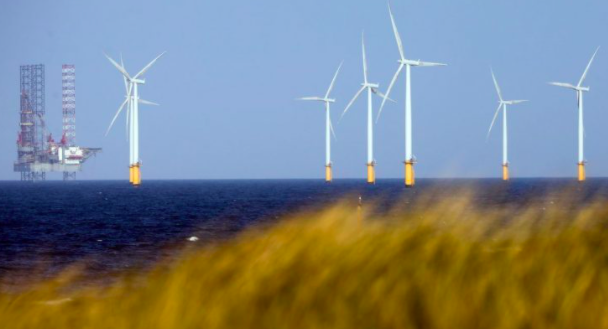Fact checking IRENA: Ignore the renewables industry PR and turn to empirical data
In sharp contrast to claims by the renewables lobby, the costs of wind and solar energy are not falling, empirical data shows.
When soap bubbles burst they vanish in an instant. Financial bubbles by their nature take a little longer to deflate, and doubtless the renewables industry bubble will take several years, not least because it has vested interests puffing the sector harder and faster than the realists, such as ourselves, can pick holes. But eventually, the lobbyists will run out of breath and the tissue of propaganda will be more holes than substance. The wretched pretence will collapse in an embarrassing mess.
We don’t know precisely when this will happen, but China seems to be betting on the later 2020s, just before it has undertaken to reach peak emissions, giving it plenty of time to blame the West for breach of promise and return to carbon business as usual. That seems like a plausible date to us too.
In the meantime, analysts and market-watchers are confronted by a confusing storms of argument bringing prolonged gales of high temperature Public Relations, such as the extravagantly upbeat claims of the International Renewable Energy Agency (IRENA) published yesterday, and brief but chillingly cold showers of empirical information regarding the underlying high and increasing costs of renewable energy.
On the one hand, for example, IRENA claims, though without evidence to us, that “new solar and wind projects are increasingly undercutting even the cheapest […] of existing coal-fired plants”.
On the other we see the striking paper in the Harvard Business Review indicating that the solar industry has failed to correctly price-in the cost of recycling its own waste, meaning that “the sheer volume of discarded panels will soon pose a risk of existentially damaging proportions”, increasing the Levelised Cost of Electricity “to four times the current projection”, with the result that the “the economics of solar – so bright-seeming from the vantage point of 2021 – would darken quickly as the industry sinks under the weight of its own trash”.
And, in fact, even the current economics don’t look that promising, as can be inferred from recent Bloomberg and Financial Times’ reports of significant rising costs for steel, polysilicon and freight, resulting in an 18 per cent fall in the value of solar company shares.
Nor is wind power exempt from these concerns, as is evident in Bloomberg’s report in early May this year that Vestas would have to increase its wind turbine prices due, amongst other things, to rising costs for steel – up 25% in China this year. Furthermore, as readers of the work of Professor Gordon Hughes for both GWPF and the UK’s Renewable Energy Foundation will know, capex is in a sense the wind industry’s least concern, with long term opex costs, particularly offshore, looking all but certain to sink the vast flagship wind projects whose low bids for guaranteed prices are the toast of European governments. The champagne will have gone distinctly flat by the later 2020s when taxpayers are called upon to bail out failing wind farms or face blackouts.
None of these empirically grounded criticisms of renewables should be surprising to anyone who had a basic understanding of the physics of wind and the solar flux; these are high entropy energy flows, close to random heat, and require large masses of capital equipment to correct the defect and produce a low entropy supply to consumers. This is an intrinsically low productivity energy sector, with consequently high costs. And even if you choose not to think along these abstract lines, the empirical information in company accounts, such as that examined by Professor Hughes and my GWPF colleague Andrew Montford should be utterly conclusive. The costs of renewables are just not falling in the way claimed by industry lobbyists. The real wonder is why anyone believed that guff in the first place.
And, for the avoidance of doubt, there is no need to take this post’s word for granted or to trust that of Gordon Hughes or Andrew Montford. Analysts and investors, politicians and civil servants, are invited to conduct their investigations and come to their own conclusions. That is the way that financial bubbles burst, one realistic and inquiring mind at a time.
Dr John Constable
Notes for Further Reading
International Renewable Energy Agency Report (22 June 2021)
Harvard Business Review, “The Dark Side of Solar Power” (18 June 2021)
Financial Times, “Solar Power Investors Burnt by Rise in Raw Materials Costs” (21 June 2021)
Bloomberg, “Solar Power’s Decade of Falling Costs is Thrown into Reverse” (23 May 2021)
Bloomberg, “Top Wind Turbine Maker Plans to Raise Prices” (5 May 2021)
Professor Hughes work, some of it in collaboration with Dr Capell Aris and Dr John Constable can be found here:
https://www.thegwpf.org/forget-the-spin-offshore-wind-costs-are-not-falling/
https://www.ref.org.uk/ref-blog/365-wind-power-economics-rhetoric-and-reality
Andrew Montford’s work can be found here:
https://www.thegwpf.org/cheap-offshore-wind-power-claims-are-false-data-reveals/


